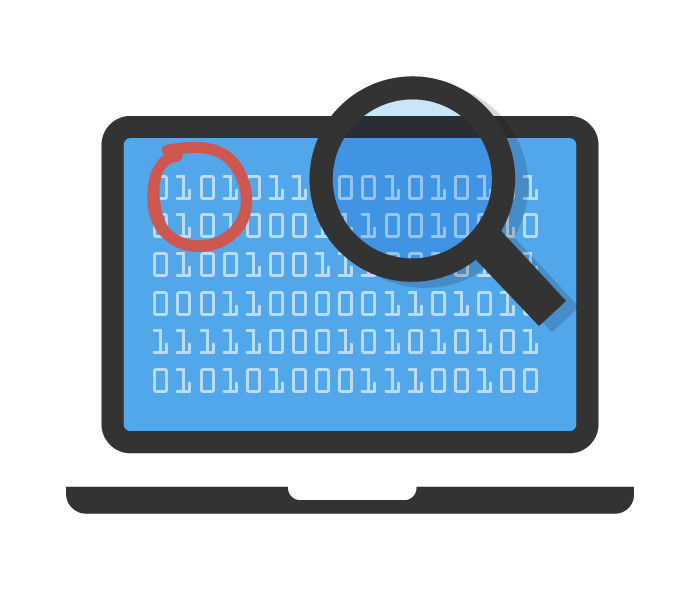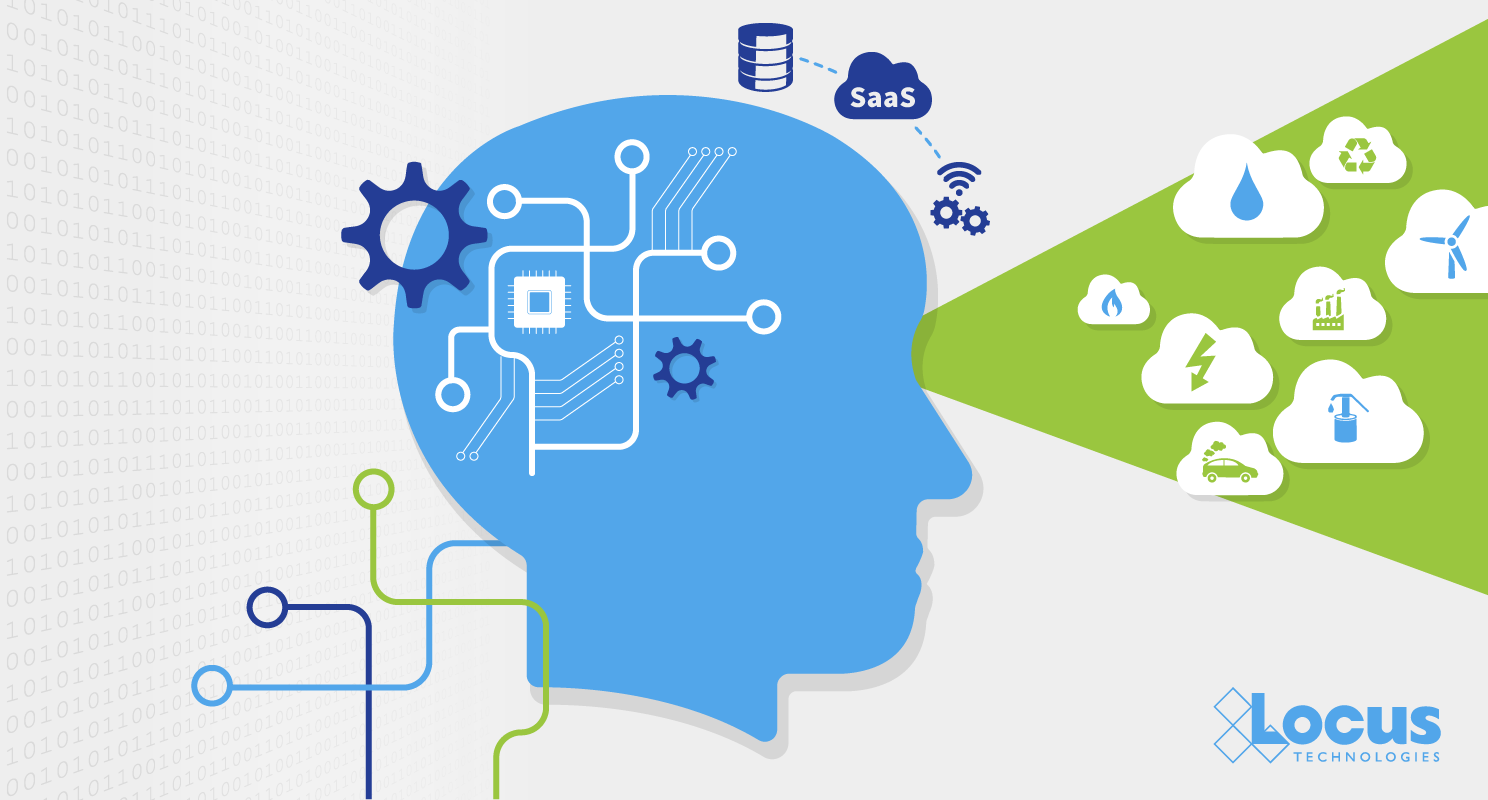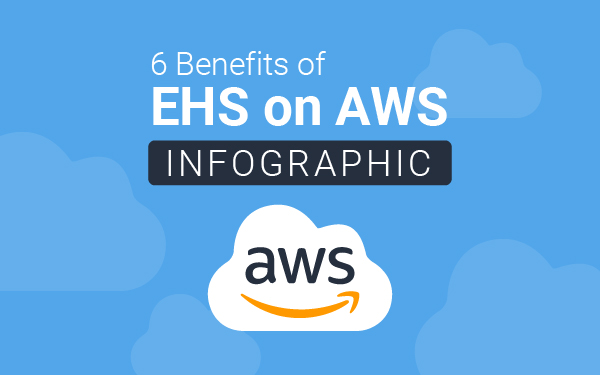Artificial Intelligence and Environmental Compliance–Revisited–Part 4: AI, Big Data + Multi-Tenancy = The Perfect System
AI and Big Data to Drive EHS Decisions via Multi-tenant SaaS
With data and information streaming from devices like fire hydrants, there is little benefit from raw data, unless a company owning the data has a way to integrate the data into its record system and pair it with regulatory databases and GIS. That is where the advancement in SaaS tools and data sources mashups has helped set the stage for AI as a growing need.
Humans are not very good at analyzing large datasets. This is particularly true with data at the planetary level that are now growing exponentially to understand causes and fight climate change. Faced with a proliferation of new regulations and pressure to make their companies “sustainable” EHS departments keep adding more and more compliance officers, managers, and outside consultants, instead of investing in technology that can help them. Soon, they will be turning to AI technology to stay on top of the ever-changing regulatory landscape.

AI, in addition to being faster and more accurate, should make compliance easier. Companies spend too much time and effort on the comprehensive quarterly or annual reporting—only to have to duplicate the work for the next reporting period. The integrated approach, aided by AI, will automate these repetitive tasks and make it easier than just having separate analyses performed on every silo of information before having a conversation with regulators.
In summary, whether it is being used to help with GHG emissions monitoring and reporting, water quality management, waste management, incident management, or other general compliance functions, AI can improve efficiency, weed out false-positive results, cut costs and make better use of managers’ time and company resources.

Another advantage of AI, assuming it is deployed properly, concerns its inherent neutrality on data evaluation and decision making. Time and time again we read in the papers about psychological studies and surveys that show people on opposite sides of a question or topic cannot even agree on the “facts.” It should not be surprising then to find that EHS managers and engineers are often limited by their biases. As noted in the recent best-seller book by Nobel Memorial Prize in Economics laureate Daniel Kahneman, “Thinking, Fast and Slow,” when making decisions, they frequently see what they want, ignore probabilities, and minimize risks that uproot their hopes. Even worse, they are often confident even when they are wrong. Algorithms with AI built-in are more likely to detect our errors than we are. AI-driven intelligent databases are now becoming powerful enough to help us reduce human biases from our decision-making. For that reason, large datasets, applied analytics, and advanced charting and data visualization tools, will soon be driving daily EHS decisions.
In the past, companies almost exclusively relied upon on-premise software (or single-tenant cloud software, which is not much different from on-premise). Barriers were strewn everywhere. Legacy systems did not talk to one another, as few of the systems interfaced with one another. Getting data into third-party apps usually required the information to be first exported in a prescribed format, then imported to a third-party app for further processing and analysis. Sometimes data was duplicated across multiple systems and apps to avoid the headache of moving data from one to another. As the world moves to the multi-tenant SaaS cloud, all this is now changing. Customers are now being given the opportunity to analyze not just their company’s data, but data from other companies and different but potentially related and coupled categories via mashups. As customers are doing so, interesting patterns are beginning to emerge.
The explosion of content—especially unstructured content—is an opportunity and an obstacle for every business today.
The emergence of artificial intelligence is a game-changer for enterprise EHS and content management because it can deliver business insights at scale and make EHS compliance more productive. There are numerous advantages when you combine the leading multi-tenant EHS software with AI:
- Ability to handle the explosion of unstructured content where legacy on-premise EHS solutions can’t.
- AI can organize, illuminate, and extract valuable business insights if all your content is managed in one secure location in the cloud.
- Locus helps you take advantage of best-of-breed AI technologies from industry leaders and apply them to all your content.
We are seeing in the most recent NAEM white paper, Why Companies Replace Their EHS&S Software Systems, that people want the ability to integrate with other systems as a top priority. Once the ability to share/consolidate data is available, AI is not far behind in the next generation of EHS/Water Quality software.
This concludes the four-part blog series on Big Data, IoT, AI, and multi-tenancy. We look forward to feedback on our ideas and are interested in hearing where others see the future of AI in EHS software – contact us for more discussion or ideas! Read the full Series: Part One, Part Two, Part Three.


